On a recent visit to the Vietnamese Museum of Ethnology, in HaNoi, I encountered these priapic guys.
There are 27 three-dimensional figures mounted on the fence surrounding the “house”: most are sexually mature male and female (some of whom are very visibly pregnant) pairs, along with a couple of child and animal figures. There is one solo man who is clearly masturbating.
The tomb house is designed to be beautiful to appease the spirits of the dead so that they do not become angry and trouble even harm the living; the overt sexuality of the figures is to ensure fertility and births.
While it's a little startling at first to see erections portrayed in public space that are not graffiti, during my visits to Asia I've noticed two- and three-dimensional portrayals of the erect human penis in the open for all to see in a number of different countries and cultures: India, Thailand, Cambodia and Bhutan, in addition to Vietnam. The purported intents for these turgid penises include fertility, pacification of potentially dangerous spirits, warding off the evil eye, and worship of Shiva.
Whereas in contemporary Western cultures, the erect penis is usually only seen in public spaces as graffiti, that was not the case in Classical Greece or Rome. Artists then portrayed both flaccid and erect penises as features of naked men engaged in athletic, military, mythological or straightforwardly erotic activities, as protective amulets, as signifiers of lust, or as pornography. While a few late 19th- and 20th-century artists have portrayed themselves masturbating, erect penises are few and far between in Western art.
So when confronted with portrayal of a full or exaggerated erection, I ask myself: what did it signify to the creator? To its intended audience? And what does it now signify to me?

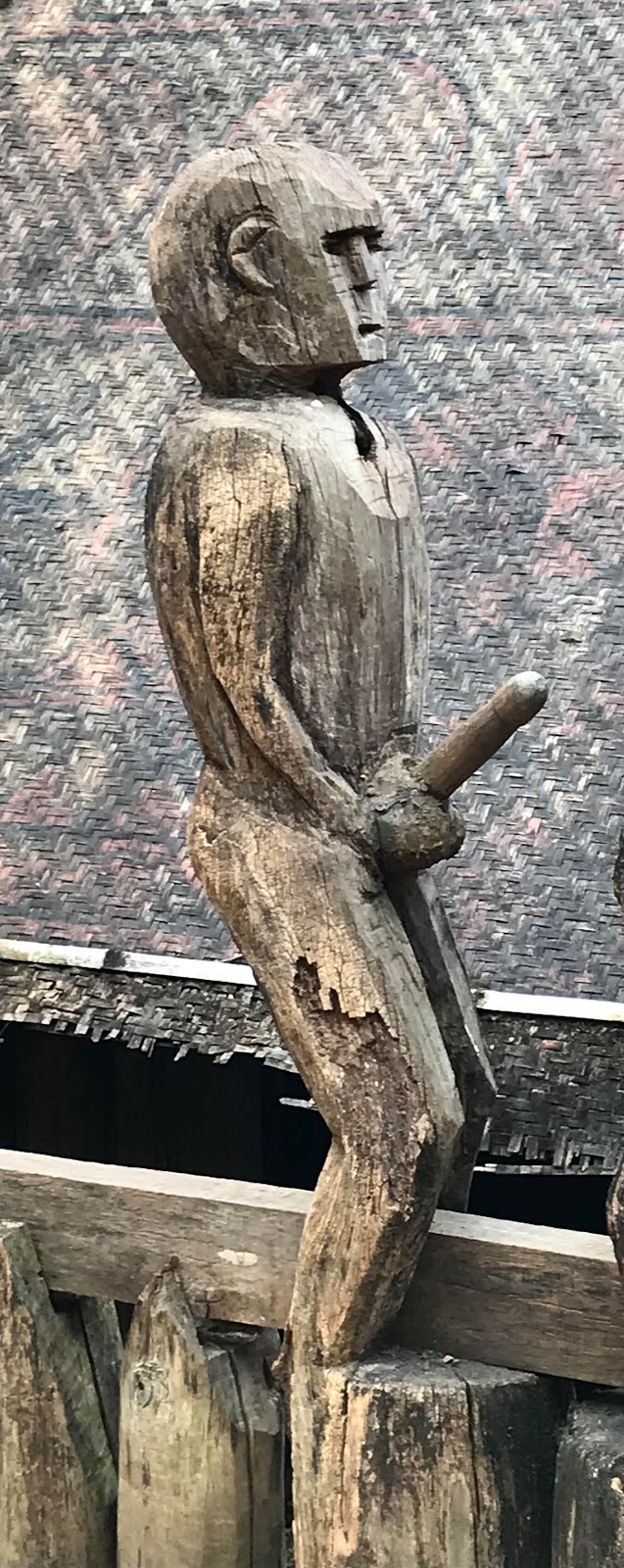


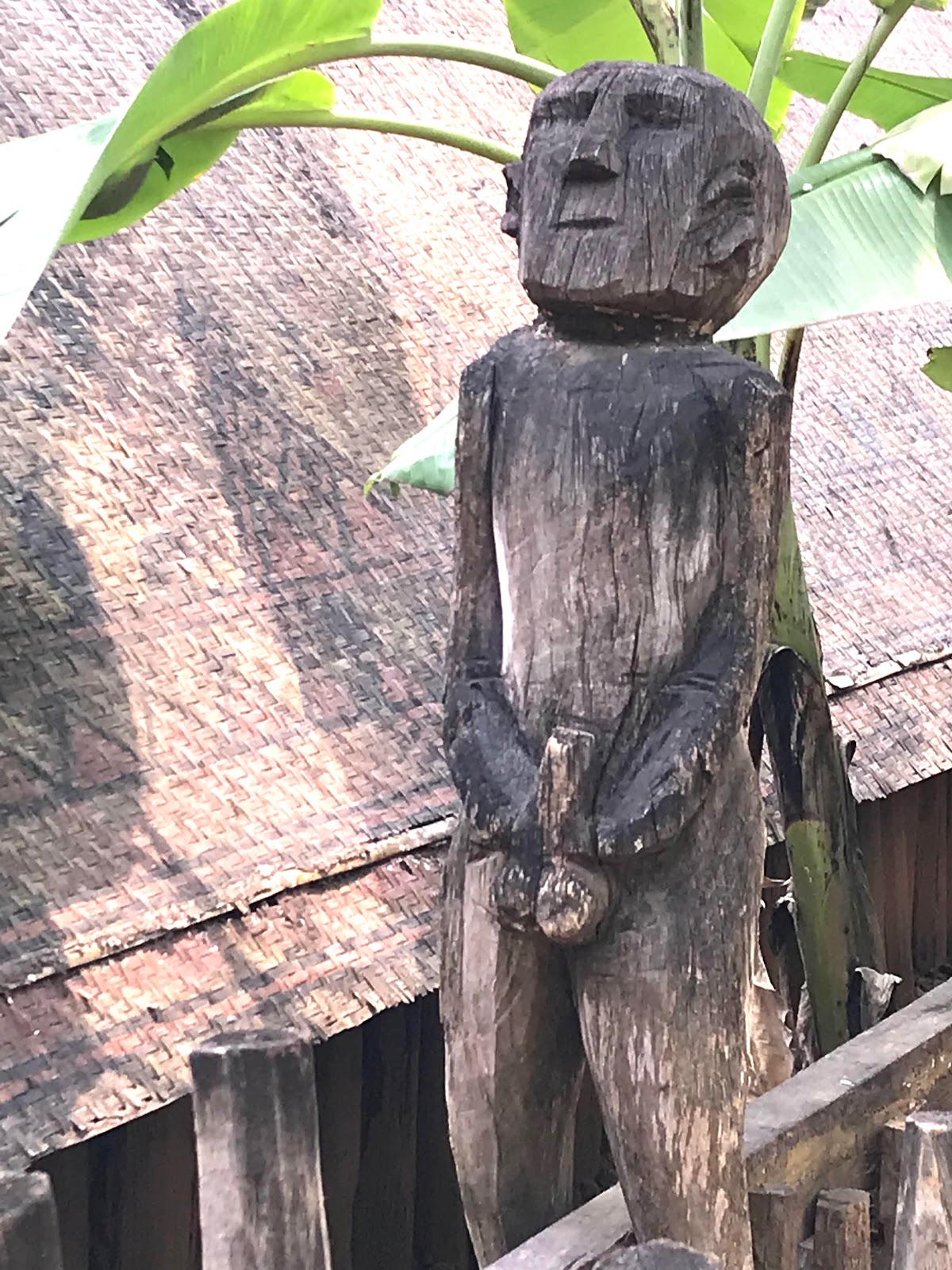
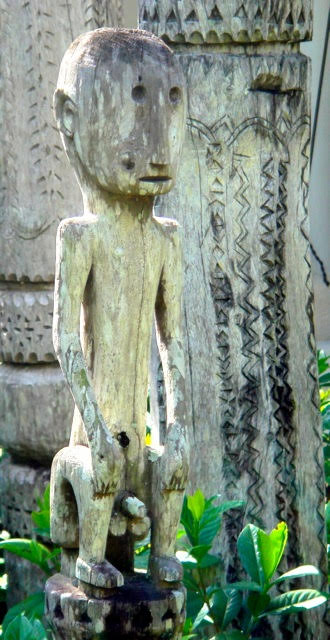
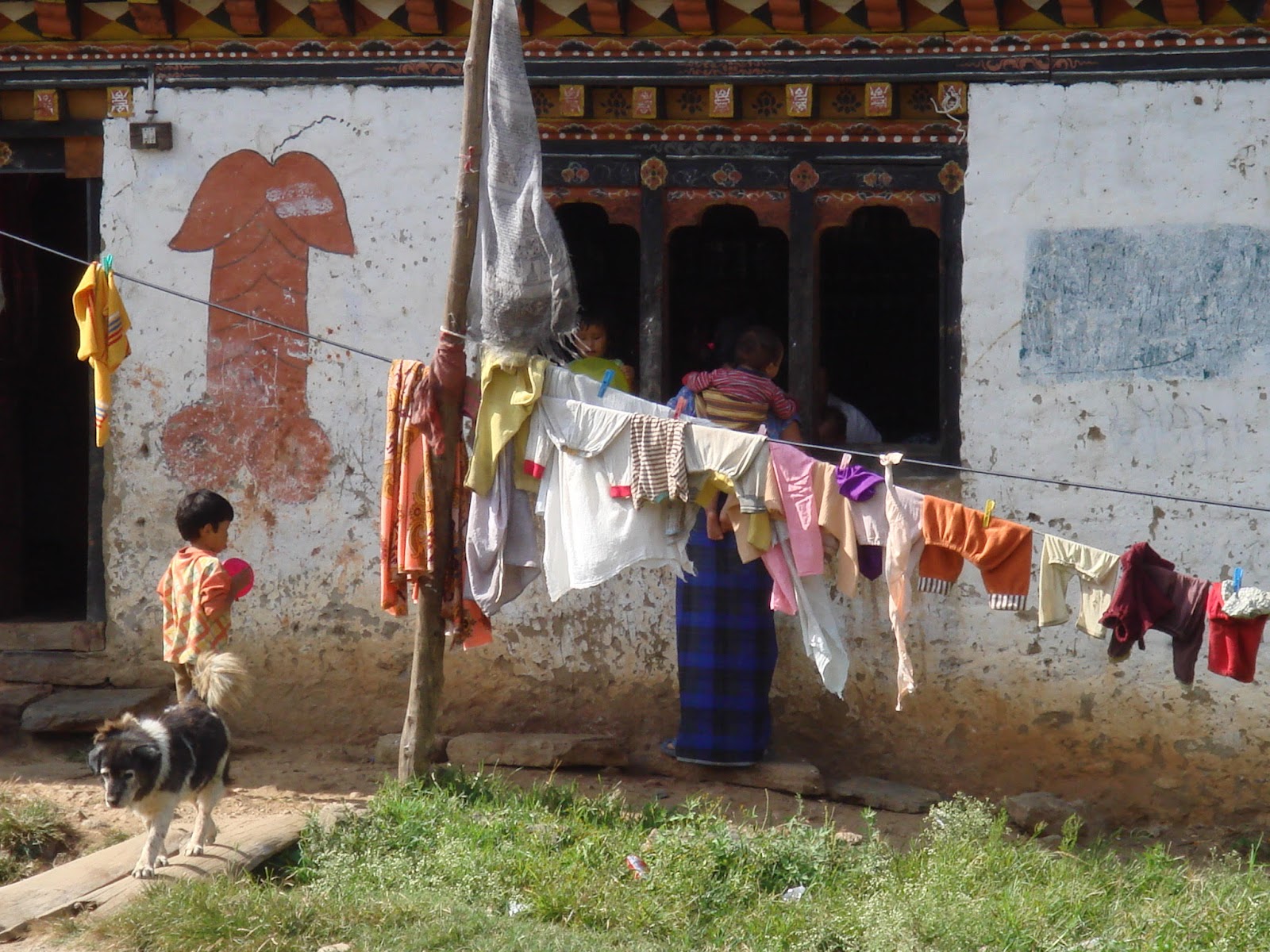
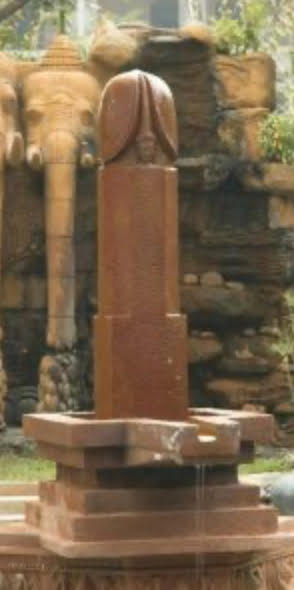



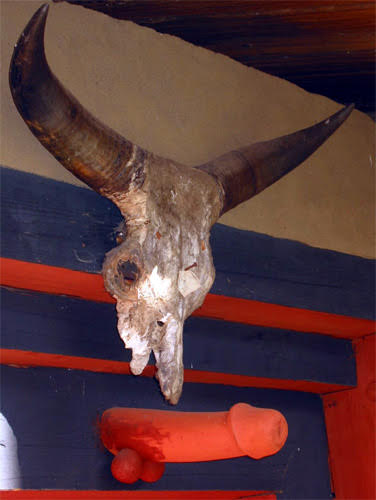


No comments:
Post a Comment